The Ministry of Defence has confirmed that it is conducting a new programme of exhaust emissions testing across the UK’s in-service helicopter fleet, according to a written parliamentary answer published on 11 July.
In response to a question from Labour MP Tanmanjeet Singh Dhesi, Defence Minister Al Carns said that while previous surveys of the now-retired Sea King helicopter conducted between 1999 and 2015 found “no conclusive evidence to suggest that aircrew were subject to exposure levels above UK and international safety standards,” fresh concerns had prompted the renewed testing initiative.
“In response to recent concerns regarding the emissions of out of service helicopters, including the Sea King and Wessex, the Ministry of Defence has commenced a programme of exhaust emission substance sampling for its in-service helicopter fleet,” Carns stated.
The new testing programme began in February 2025 and remains ongoing. According to the Minister, the MOD is attempting to balance testing schedules with operational demands on the aircraft.
“Modern helicopters and their engines are developed and certified to recognised standards with stringent emissions requirements and there is no current evidence to suggest personnel are at risk from current in-service helicopters,” Carns added.
“We are proactively conducting this work to ensure we are meeting our legal duty of care to our people. It is vital we can reassure them of their safety while at work.”
The MOD’s testing initiative appears to be precautionary rather than reactive, but reflects a growing focus on occupational health risks in legacy and current military platforms.


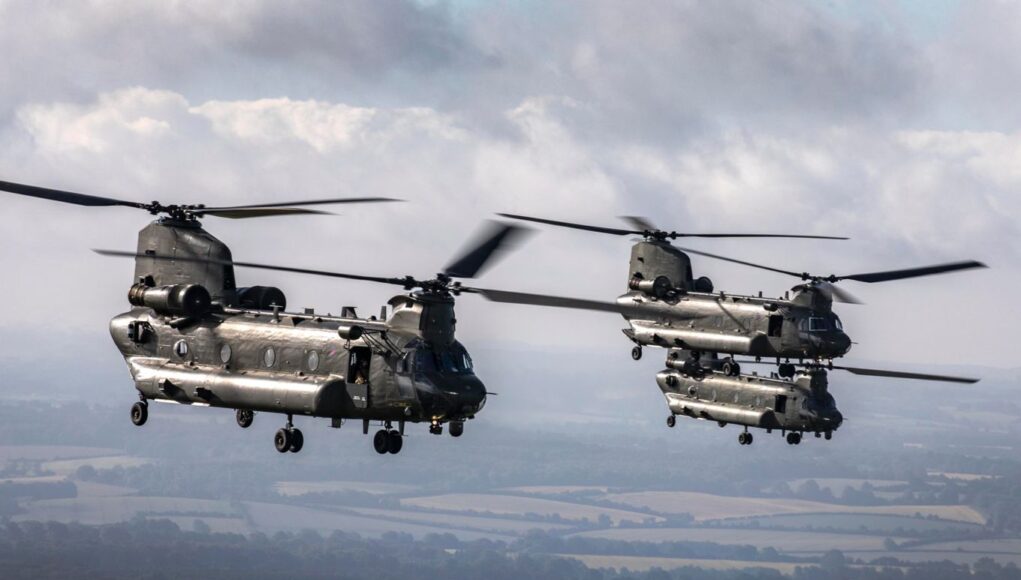


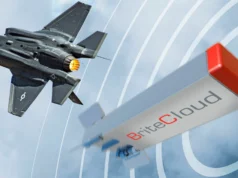

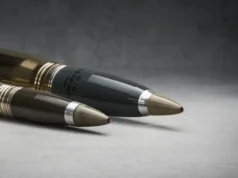
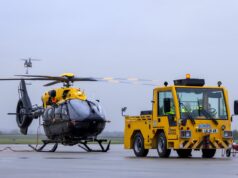



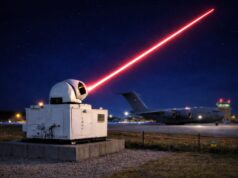

I would have thought this type of testing would have been carried out prior to any aircraft being commissioned.
We seem to be wasting a lot of ‘time’ here and there, we can’t afford to as we are ‘outnumbered’ should I say and the number we do seem to have are full of troublemakers so it seems.
Yeah it seems troublemakers are everywhere…
I guess keeping people busy doing this sort of pointless programme, just to satisfy the lawyers, is easier than making the big decisions like buying more hardware.
We Cheaper too.
Cynical? Moi?
Historically this wasn’t really a ‘thing’ it was assumed a bit of oil vapour exposure wouldn’t do much harm. Now oils that have got hot are, by default, viewed as carcinogenic.
On older jets the cabin air was bled off after the bearings – which are pressure lubricated. So if a bearing seal is failing a fine mist is created and aspirated into cabin air. Now cabin air is taken separately.
Likely similar for helicopters – although I’ve never seen these kind of systems or really considered them TBH.
On new models this is certified. On old models I don’t think this was a part of the process.
This about air crew cabin exposure, sadly former aircrew maybe showing higher incidence of life threatening illness.
That’s the air tax going up then…Or the bean counters’ way of making cuts through emissions
“The MOD is trying to balance testing schedules with oporating demands on the aircraft”.
Well If we actually had significant numbers rather than decades of cuts !
“It ain’t rocket science”.
This has been forced on MoD due to about 150 legal claims that emissions may have been a cause of death of aircrew from different forms of cancer. During the 3 months of the Falklands War my 9 Sea Kings flew the equivalent of 11 months peace time flying. At our 40th anniversary reunion 3 years ago a few aircrew were absent due to natural causes but most continued their flying careers and are still alive and kicking. Decades ago there was a very real concern that many who spent time in ship’s boiler rooms did die as a result of asbestosis. So any concern must be investigated.
Indeed it needs to be looked at objectively.
If MoD kit has contributed to the cause of death of service personnel, and it can be avoided, then this seems entirely sensible.
About time. I remember complaining about this in the early 80’s. The stink of oil fumes in a Puma were enough to make you puke. Im completely unsurprised that regular exposure is appalling bad for you.
appallingly
It was the same being ferried by a Wessex. The gas turbine exhaust was right in front of the cabin door. Got a proper lung full of the doors were kept open.
I know a few Chinook aircrew who have since passed, that had cancer. Can most definitely confirm that on certain occasions, such as coming into land when in Iraq and Afghan, with the upper ramp door retracted. The exhaust fumes did come in to the cabin.
How do the US Army deal with this?
Being such a huge operator of the type.
Not sure, probably the same as us. I’ve been ferried in US Army Chinooks, Ospreys and a few CH53. Each with a ramp, they use the same conops as us. The ramp is fitted with either a M134, M2 or M240, with a “crewman” manning the position. Where they land with the retractable tongue inside the ramp. The CH53 and Chinook were far worse than the Osprey. On the Blackhawks, the cabin doors were always open. You would get a lungful if the conditions were right when landing.
I did read an article the other day ( it may have been on the BBC website) about the link to cancer and the main issue seemed to be the Sea King’s